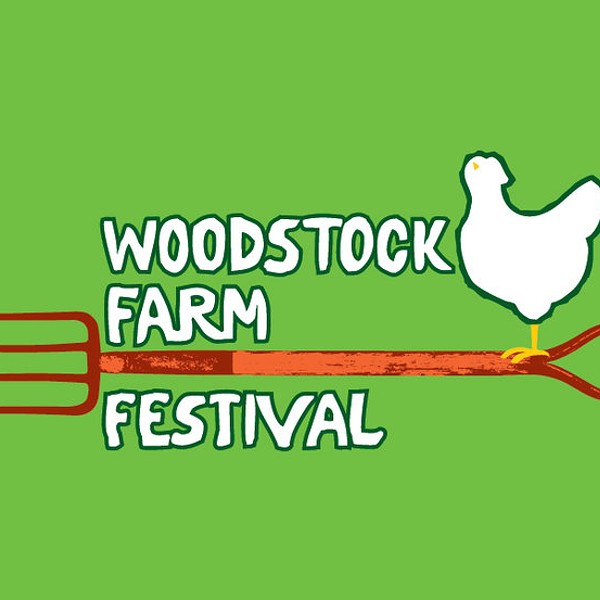Some pig
Hudson Valley pig farmers raise their animals primarily on pasture, supplemented with organic grains in winter, without any antibiotics or other drugs. Pigs, with only one stomach as opposed to the bovine two-stomach system, metabolize fat differently; they do not process the fat they eat in a second stomach. Ruminants digest things twice, transforming fat into hard hydrogenated and saturated fat. For example, a pig that eats peanuts will deposit the fat as peanut oil, soft fat, which is the reason that pig fat has more of the subtle flavors of acorns, peanuts, soybeans, corn, or pasture grasses that the animal consumes. (In the United States, industrially produced pigs are usually fed a “hygienically produced” diet of ground-up viscera and fish meal, thus inhibiting factory-farmed pig flesh from tasting sublime.) Local farmers frequently raise heritage breeds like Tamworth, Gloucester Old Spot, Landrace-Durocs, or Berkshire, pigs that are naturally capable of living off the land with minimal supervision.
Some farmers, like Clement, prefer to process (not slaughter, as this is regulated by the government and requires an inspected kill in a USDA-approved slaughterhouse) the pigs on their farm in order to “get all of the funny bits the slaughterhouses aren’t set up for like tails, ears, heads.” A licensed kitchen allows Clement to offer pig lard, pig tails (“mostly fat around a bone; use it like a wand for greasing pans”), pig ears, nitrate-free bacon, pate, and seven varieties of pork sausages: hot and sweet Italian, Asiago, garlic and parsley, breakfast, Tuscan sun-dried tomato and herb, kielbasa, Irish bangers, and chorizo.
Warren and her husband raise Tamworth and Berkshire pigs on pasture, in woods, and fields. The pigs also eat certified organic grains and tons of goat milk, gallons of whey and expired organic products or “flopped” dairy products like yogurt, Skyr (Icelandic yogurt), cream, milk, and crème fraiche—the pigs’ favorite. “These are pigs with great taste and panache,” says Warren. The Warrens’ pigs truly work for them, using their strong snouts as rototillers to turn over the compost pile and the pumpkin fields, cleaning up the unharvested squash and greens.
At Northwind Farms Richard and Jane Biezynski raise about 100 pigs—a selection of Berkshire, Berkshires crosses, Yorkshires, Landraces, Hampshire, Hampshire crosses, Tamworths, and Gloucester Old Spots—on 196 acres in Tivoli. “When it comes to feeding, I’m not going to give up my secrets,” Richard says. “Yes, our pigs are out there in the open, on pasture. There are pigs all over the place, even down by the pond, where I don’t want them.”
Fleisher’s has the capability to process six to eight Landrace-Duroc crosses a week, thus requiring many animals on the ground. “First and foremost, we are governors of the land and don’t want to overwhelm the land,” says Applestone, who sources pigs from three Mennonite families in Pine Plains who divide the work. One family grows silage corn, another handles breeding, and the third pastures and finishes. The inspection of the farm doesn’t matter as much as Applestone’s final inspection—on his butcher’s table. “I love pig. I appreciate good meat, good animal husbandry, healthy color, strong musculature,” he says. “And, being a surgeon, when I get the pig up on the table I know what’s what.”
Forget pork chops
The pig parts discussed with affection by Hudson Valley chefs are jowls, trotters (the forearm or foot of the animal) ears, hearts, bellies, and cheeks. Chef Peraza is currently working with Ossabaw, a breed that is a direct descendant of the black Spanish pig that was introduced to the Americas via the Mid-Atlantic coast. The pig’s debut in the New World can be traced to Christopher Columbus’s second voyage (1492-1496), via the ship’s manifest that lists eight iberico offloaded in Cuba. (The pig arrived on the North American mainland in 1539 when Hernando de Soto commenced his explorations through the southeast with 13 animals that he’d rounded up in Cuba.) Peraza’s menu has included warm chicory salad with fingerling potatoes, pickled pearl onions, bacon vinaigrette, and crisp pig ear confit. “We braise the ears in white wine and aromatics, coat them in barley flour, and fry them crisp to toss with rest of the ingredients,” he explains. “Garnish is a poached duck egg.” Another dish, pig’s foot en gelee with horseradish and black truffle foam, is made by “braising the pig’s foot in Gewürztraminer, clarifying the braising liquid and infusing it with horseradish juice then setting the pulled pig’s foot en gelee and topping with a foam made with Oregon black truffles.” Peraza’s favorite way to eat pig? “Serrano ham, straight up,” he says. “Just bread, ham, and olive oil and pernil [a small whole pig or, more commonly, a leg marinated with garlic, cumin, onions, and sour orange juice and slow roasted in a pit].”
















